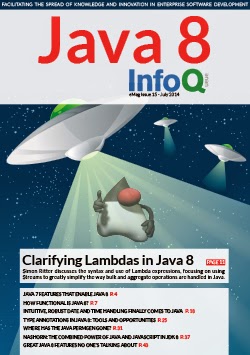Sobre24 horas de formação gratuita em SQL Server - Distribuída por 2 dias.
Bem-vindo ao mundo de 24 Horas de PASS!
Nos dias 7 e 8 de Outubro de 2014 realiza-se a terceira edição do "24 Horas de PASS" completamente em Português! Com ínicio às 11:00 (BRT) / 15:00 (GMT), cada dia irá contar com 12 horas seguidas de apresentações sobre funcionalidades e técnicas de SQL Server com especial atenção para a nova versão - o SQL Server 2014 .
24 Horas de PASS é um evento online e gratuito, onde pode aprender com os melhores especialistas em SQL Server do mundo Lusófono, onde o Português é a lingua Oficial.
Mais de 20 especialistas em SQL Server do Brasil e de Portugal vão fazer apresentações técnicas focadas nos seguintes temas - Desenvolvimento (DEV), Administração (DBA), Business Intelligence (BI), Business Analytics(BA), PowerBI e Cloud. Temos uma extensa lista de "apresentadores especialistas", incluindo MVPs, MCMs e PFE's (Premier Field Engineer) da Microsoft.
Organizado pelas comunidades da PASS no Brasil e em Portugal este evento conta com o melhor que há de SQL Server de ambos lados de Atlântico.
24 horas de PASS é um evento que você não pode perder.
Toda a informação em

























